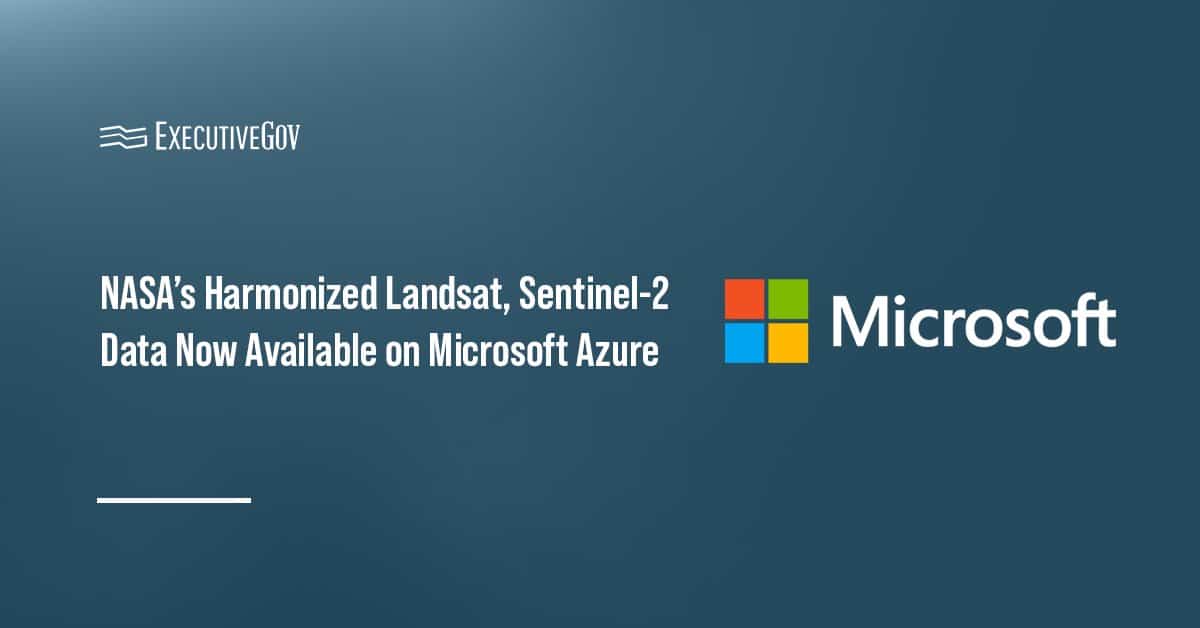NASA’s Harmonized Landsat and Sentinel-2 dataset is now accessible through Microsoft’s Planetary Computer, expanding global access to high-resolution Earth observation data and accelerating research in climate science, land use and environmental monitoring.
Table of Contents
What Is the HLS Dataset?
The HLS dataset combines imagery from NASA’s Landsat 8 and 9 missions and the European Space Agency’s Sentinel-2 satellites, harmonized to provide consistent, surface-reflectance measurements every two to three days. The result is a unified, cloud-optimized dataset that supports monitoring of Earth’s surface changes, from deforestation and agriculture to coastal resilience and urban expansion.
Why Make It Available on Microsoft Azure?
Hosting the HLS data on Microsoft Azure enables users to access, process and analyze petabyte-scale imagery without the need to download it locally. Through the Planetary Computer platform, researchers can integrate HLS data with Azure AI, machine learning and high-performance computing tools to perform advanced analysis and develop predictive environmental models at scale.
How Can Researchers Use the Data?
With HLS data now integrated into the Azure ecosystem, users can:
- Automate land cover classification and vegetation monitoring
- Detect urban development and deforestation trends
- Train AI models to forecast environmental patterns
- Build geospatial applications that visualize changes over time
The cloud-based accessibility of the dataset is expected to help scientists, educators and policymakers accelerate research and decision-making on issues such as climate change, urban planning and natural disaster preparedness.
How Does Earth Copilot Fit In?
Microsoft has developed Earth Copilot, a conversational AI tool that allows users to query NASA’s data using plain language. Researchers can ask questions like “What was the impact of Hurricane Ian on Sanibel Island?” or “How did the COVID-19 pandemic affect air quality in the U.S.?” and receive relevant datasets instantly.
According to Microsoft, Earth Copilot showcases how Azure’s AI and data analytics tools can make complex geospatial data more accessible for educators, innovators and environmental professionals.





